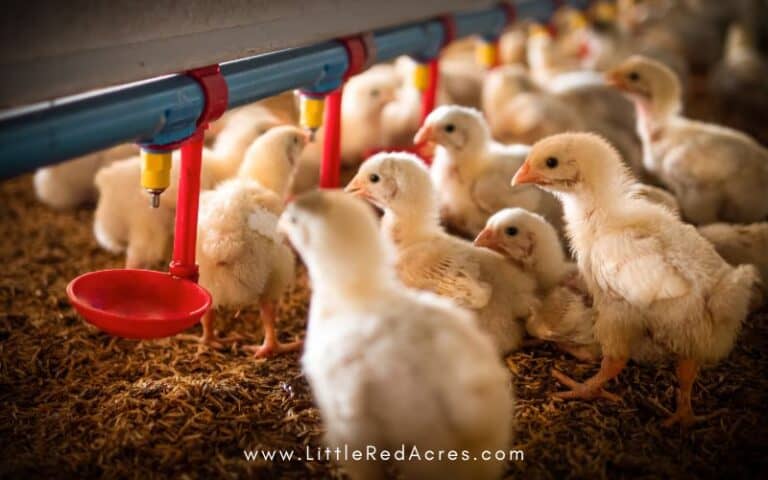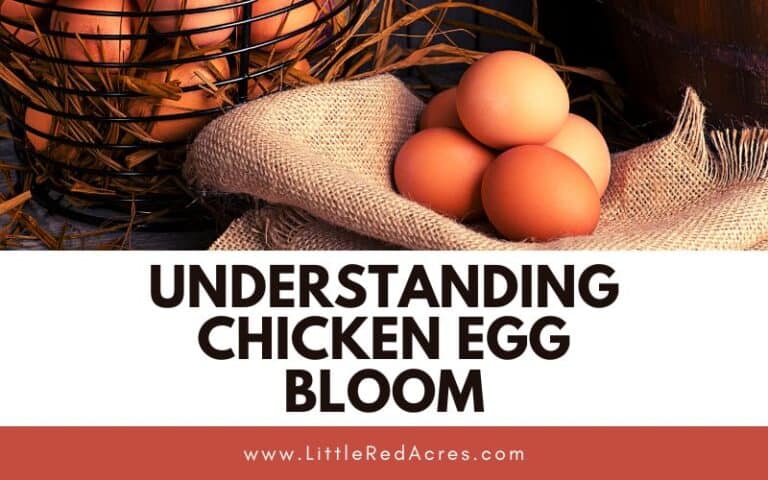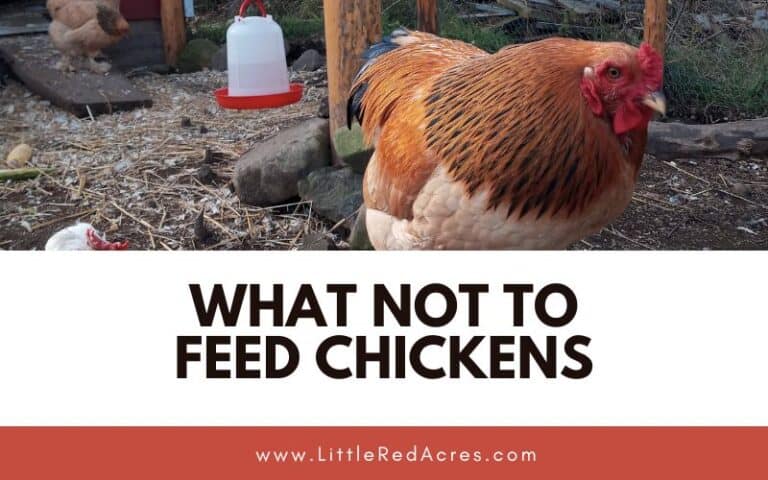How to Give Chickens Treats
Chickens are a common farm animal, and their eggs are a common food source. But did you know that chickens also like treats? Just like any other pet, chickens enjoy a little something special now and then. Here are a few ideas on ways to give chickens treats easily.
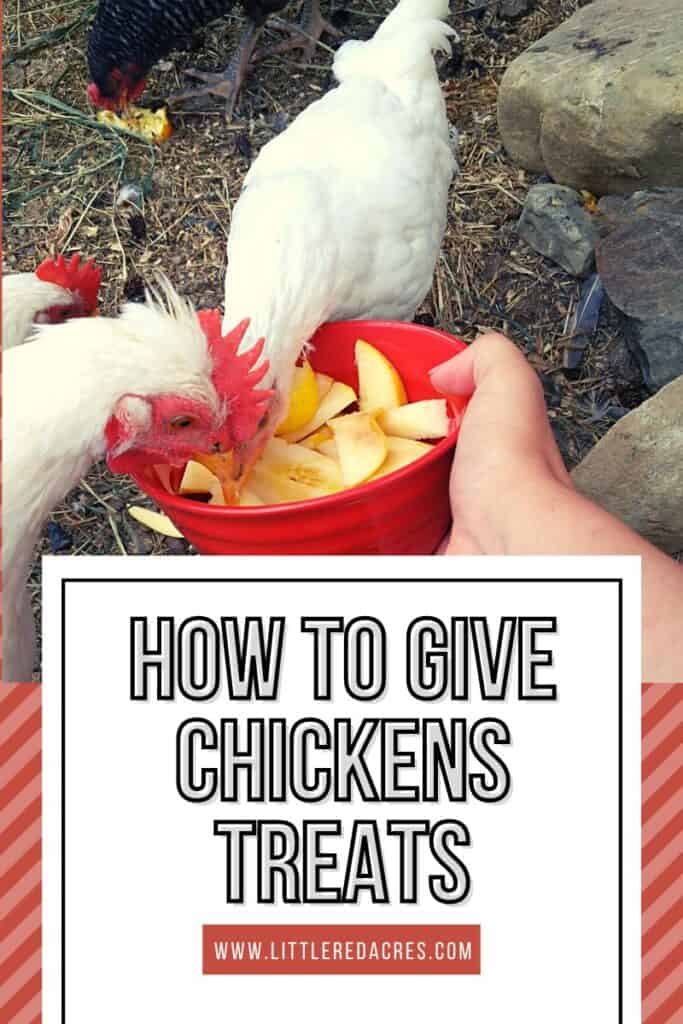
This post may contain affiliate links, see my disclosure policy for more information.
How to Give Chickens Treats
One of the best ways to keep your chickens healthy and happy is to give them treats.
There are a lot of different treats that you can give to your chickens, but the best ones are ones that are high in protein and low in fat.
Get updates & freebies delivered to your inbox!
Some good examples of high-protein treats for chickens include mealworms, crickets, and earthworms. You can also give your chickens scraps of meat or chicken, as long as it is cooked and not raw.
If you're looking for a treat that is low in fat, then you can give your chickens vegetables or fruits. Just make sure that the vegetables are chopped up into small pieces so that your chickens can eat them easily. Some good vegetables to give to chickens include carrots, celery, and
Easiest Way to Give Chickens Treats
I am old school I guess you could say. I tend to give my chickens treats simply by tossing them on the ground of the run.
Sometimes I'll hang on to it, especially if I am building some trust with them or looking to grab on for one reason or another.
We have a few dog food bowls that they aren't able to flip over that we also will put things in as well.
But you need to remember that chickens naturally scratch and dig at the ground to find insects and seeds to eat. There is nothing wrong with tossing apple cores or scratch grain on the ground for them.
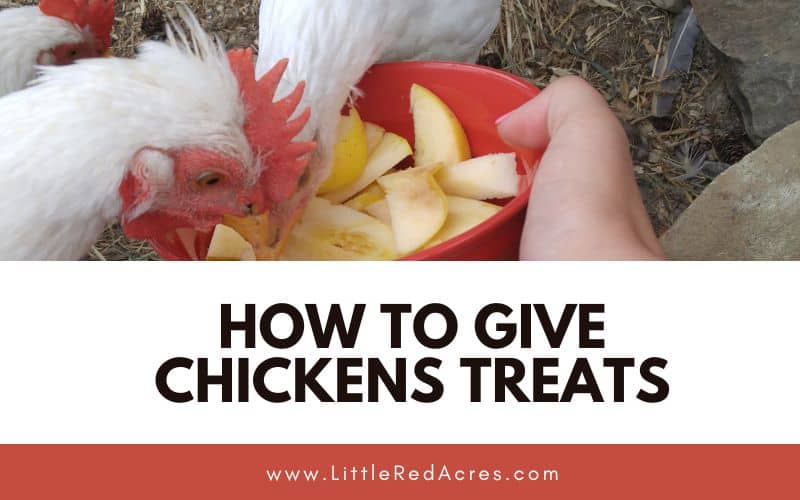
Hanging Treats for Chickens
You can make this super easy. Amazon actually has a few things that you can choose from depending on what you plan on giving your chickens or maybe you can base it on what you are already giving them.
Hanging Skewers – these are perfect for apples, heads of lettuce or cabbage, and similar. We like these for things that are harder for them to take a bite of. Bonus: they are easy to clean afterward.
Hanging Feeder Nets – this style is more for pieces of vegetables and fruits. Things like watermelon rinds, apple cores, pieces of lettuce, or broccoli. They are filled from the top so it's easy to just toss stuff in.
These aren't going to be as easy to clean if they get something smooshed into the netting.
Hanging Ball Feeders – these balls are similar to the feeder nets but have a firm shape. You are going to have stuff everything in there. I don't think it's too hard to clean, it would be much easier to clean than the netting.


